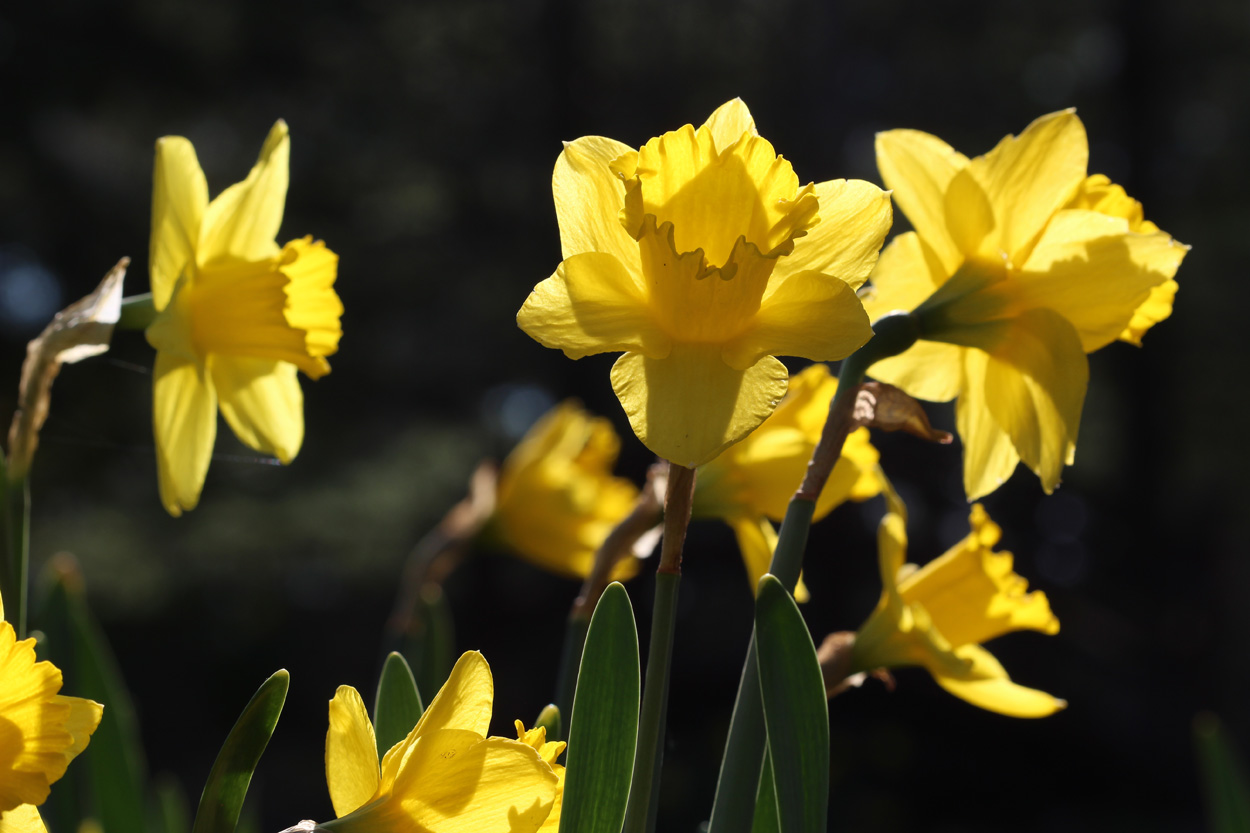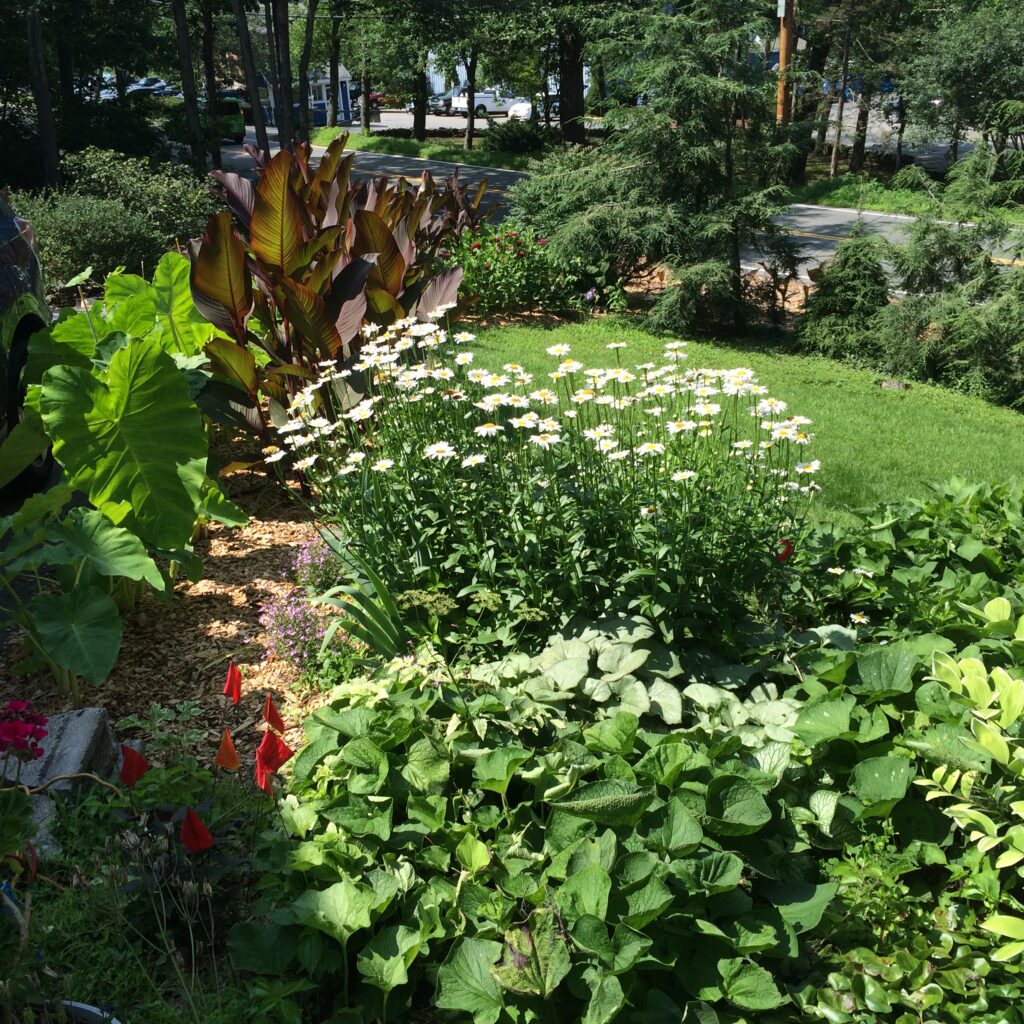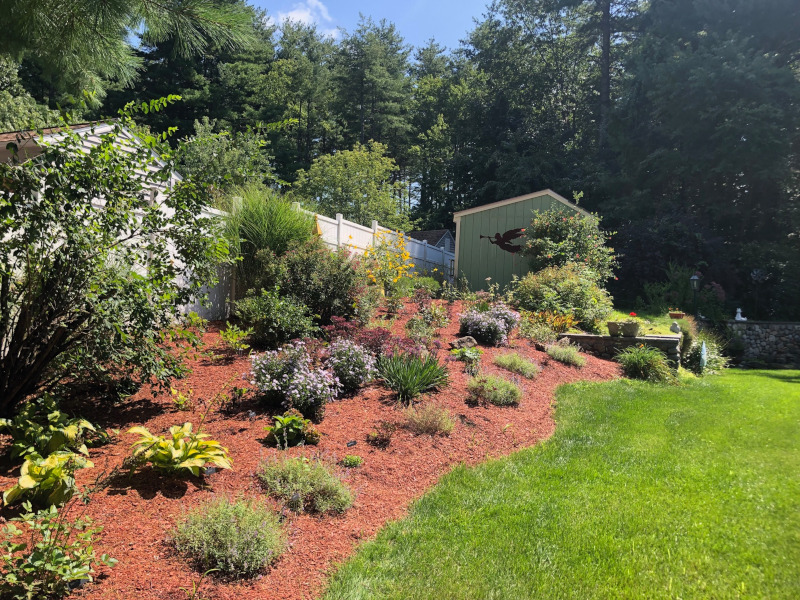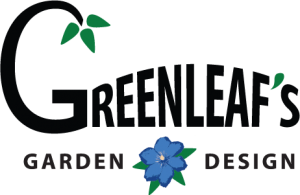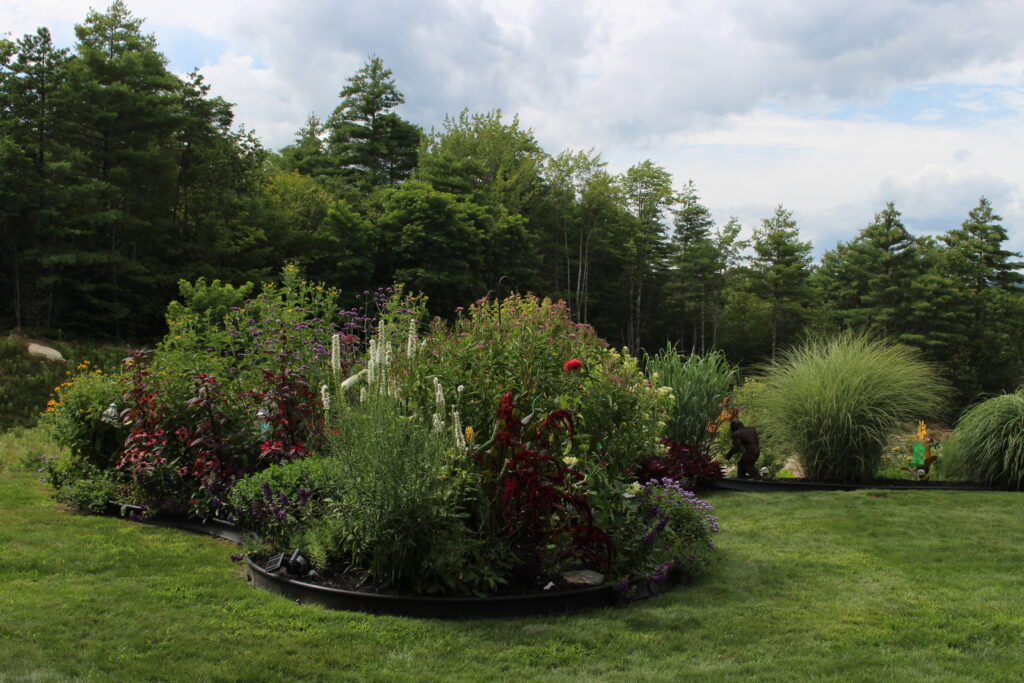
Rich Gambale
Garden Design
Let’s Plan Your new landscape design!
Garden Design
Initial Call:
You share your current thoughts on your garden and we can select a meeting time.
Site Visit/Consult:
The client presents their ideas, dreams, questions, and concerns.
Rich will evaluate environmental conditions for sun and soil.
We use locally grown plants. Rich can provide photo albums of 240 plants he has observed over 40 years at his 10,000 square foot perennial, shrub, tree, and vegetable gardens.
After carefully reviewing and selecting the plants you truly love, he shares which ones will work in your inspiration or reflecting garden. We will also discuss animals that live in your area and may eat your plants.
Proper watering and plant care will be explained for your unique garden. Finding the best watering system will be required. We can install a drip irrigation system. Rich provides a service of fertilizing in early spring and mid-summer.
In the fall Rich can either guide you on which plants to cut back or he and his team can clean and prep the garden for winter.
Proposal:
An estimate is created providing details of materials used and labor costs. Your acceptance of the estimate and payment of the materials will start the purchasing of plants.
Installation:
We use “Garden Mix Soil” which is a blend of premium loam and compost.
The installation includes planting and applying both an Organic Quick Start Root Boosting and 6-8 Month Slow-Release Perennial Fertilizer. The crew covers the soil with a 2-to-3-inch layer of mulch in the choice you like most. Perennials truly thrive with organic mulch, like ground leaves or composted bark mulch.
A proper watering guide will be provided as well as a plant map with plant descriptions.
Follow up:
We want your gardens to be successful. Ask any questions. Early communication of “something doesn’t look right” will help solve a problem. Email is best way to ask questions.
Greenleafs provide’s a 1-year guarantee. If a plant dies, we will replace it at no cost to you. This guarantee does not cover plants that don’t make it due to lack of watering.
Our Seasonal Maintenance:
We fertilize gardens in the spring with a 6–8-month slow-release fertilizer and root booster. August is the next best time to reapply to enhance growth.
For the winter prep. We cut back the perennials and annuals and clean up.
Garden Options:
Raised beds
Elevated gardens are often more productive than beds in the ground because the soil is less compacted, has better drainage, and warms earlier in the spring, meaning that plants will start to grow earlier in the season.
If your soil is poor, compacted, too sandy, or hard clay, creating a raised bed is the best solution. A 50/50 mix of both quality loam and compost is ideal to create gorgeous flowers and productive vegetable or herb gardens. Soil, moisture, and sunshine are key requirements for success.
By being elevated some animals are deterred, the solution to other potential thieves of your hard work is setting up fencing around your gardens.
Edible Herbs
Herbs are one of the easiest groups of edibles to grow. They are determined to grow and require just a small space to live. They thrive in containers. They are super food sources for pollinating and beneficial insects. Most herbs have little to no problem with insect damage. Overall, herbs are so low maintenance that your main tending task is just to harvest from them often to promote more growth. If you have a shady space that gets at least four hours of sun, you could plant a little herb garden there. They add beauty to your space, from the feathery leaves of a dill plant to the silvery velvet of sage, herbs are an attractive option.
Hedges
When choosing plants, gardeners usually think of flowers first. Often overlooked are plants with foliage interest, which add a different component to the landscape.
There are many kinds of annuals, perennials, shrubs, and trees that provide leaf color throughout the growing season. Foliage can be an effective background element or take center stage.
Look for foliage attributes such as color, variegated patterns, leaf shape and texture. Some varieties change hues throughout the year, while others exhibit spectacular fall color. Think about how different plants will look together and how foliage complements other features such as flowers, berries, fruit, and
bark.
Color and texture are two of the most important foliage characteristics.
Foliage Coloration and Size
Color, particularly, tends to catch our attention. Whether it’s chartreuse, purple, blue, variegated, or mottled, brightly colored foliage offers a very striking accent in the landscape. Generally, plants with more vibrant foliage are reserved for specimens or for brightening dark corners. Rarely are they used
extensively as a backdrop for the garden.
Variations of grey and silver foliage occur naturally in drier parts of the country. They combine well with many shades of green and can be used in masses, making them very versatile in a landscape design. Gardens featuring silver and grey-toned plants are attractive and calming and can offer a bright spot in the evening hours.
When viewed from a distance, the size of the leaves affects the “texture” of the design, with large leaves giving a coarse appearance and small foliage resulting in a fine-textured appearance.
Less is More
As with any good design, less is more. Pick a few plants to add boldness and contrast and let the rest of the garden offer subtle repetitions and variations of a similar theme. Experimenting with foliage is a fun and easy way to enliven your garden.
The next step is to contact Rich to set up a time to meet. Fill out the email questionnaire on the “Contact Us” page.
